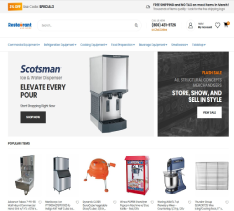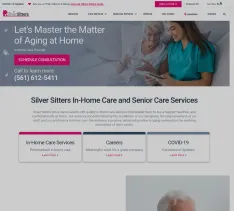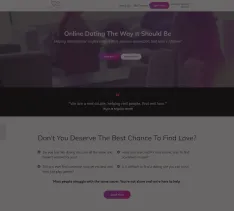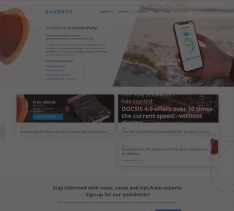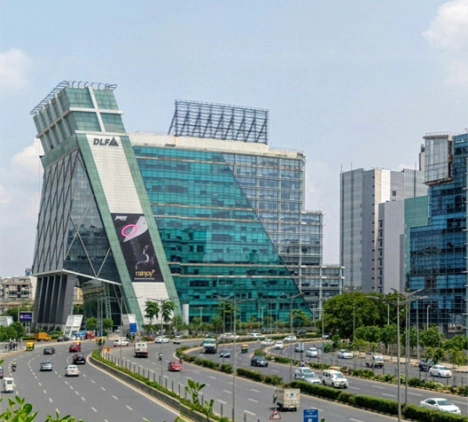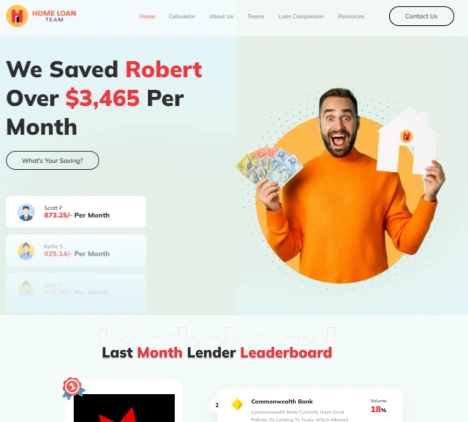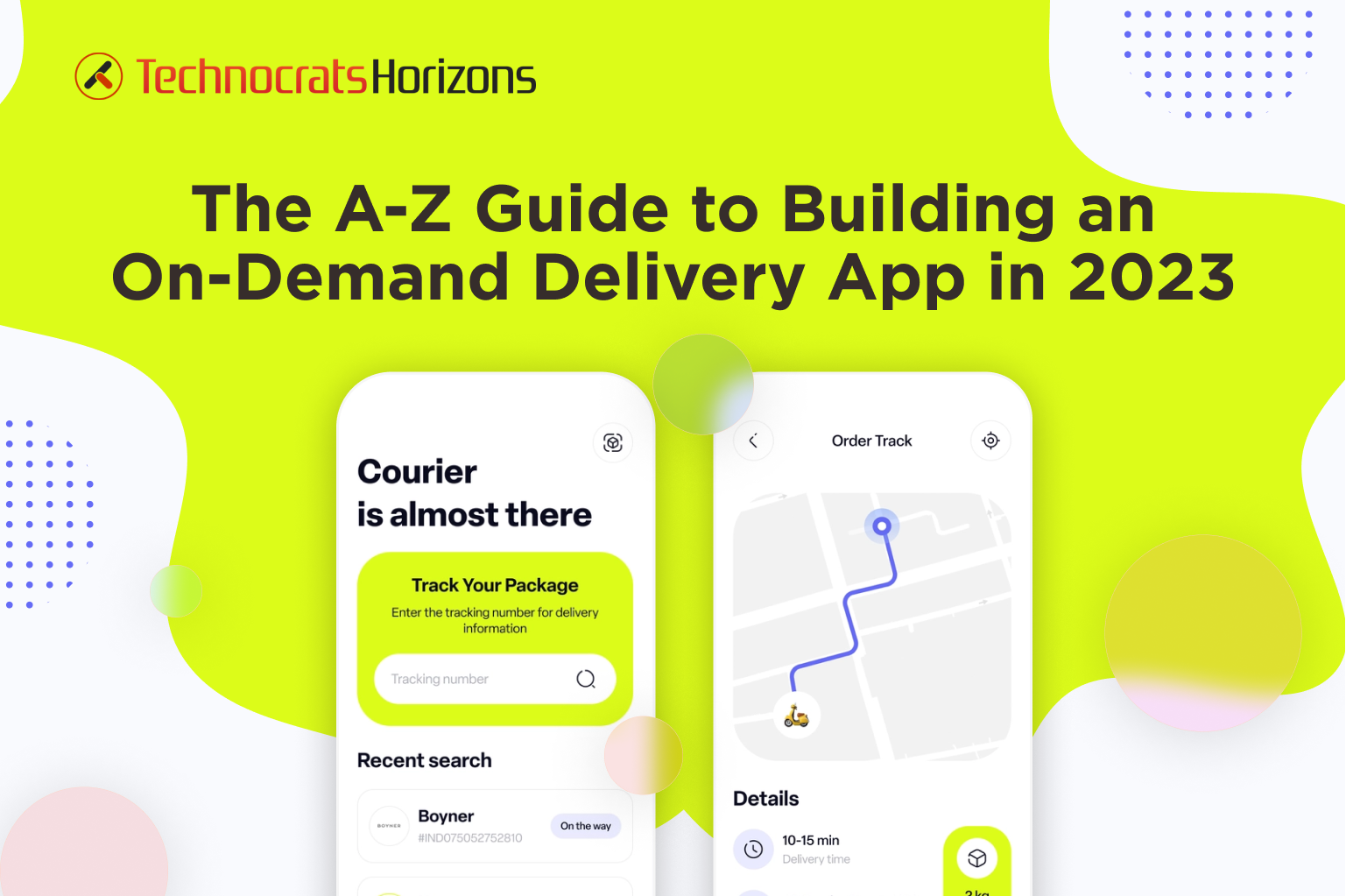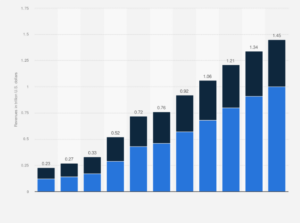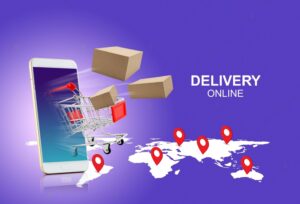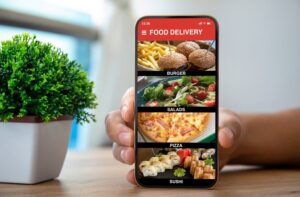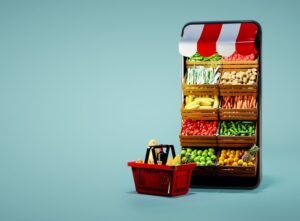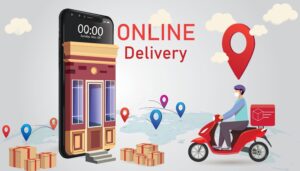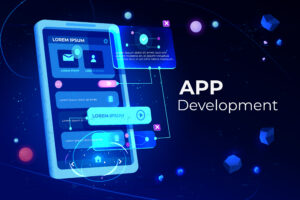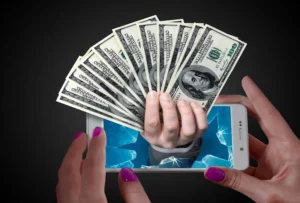In this fast-paced world, we want everything at our fingertips, nobody wants to put extra effort to book a cab, hotel, or food item. Isn’t it? And the credit goes to the on-demand apps for making our life easy and stress-free.
But, have you ever considered the revenue these on-demand delivery applications generate as well as the features they offer and the stages of their development?
Users spend around $57.6 Billion annually to get real-time delivery services, and the number is growing with each passing year.
We all agree that the development of on-demand delivery mobile apps has prevented us from going hungry, experiencing medical emergencies, or even enjoying anniversaries and birthdays. An on-demand delivery app is nothing short of a genie, all you have to do is place an order for something to be delivered to you quickly.
This blog post will act as your on-demand delivery app development guide from case studies to features to development stages. So brace yourself to read the most comprehensive delivery app development.
On-demand Delivery App Used Cases
51% of the retailers are offering same-day delivery services and almost 65% are planning to add these services through on-demand app development.
We have compiled a list of the most commonly used on-demand delivery apps in day-to-day life. Have a look:
-
On-demand Delivery Service Apps
On-demand delivery service apps are fast, cheap, and convenient. The main examples of the growing number of on-demand delivery apps include courier services, food or goods delivery, moving services, and goods or food delivery. Businesses often design two applications, one meant for users and another one for service providers. These delivery apps work by connecting middlemen who are independent contractors like taxi drivers, bicycle messengers, and postmen with suppliers and customers.
-
On-demand Educational and Childcare Service Apps
With an on-demand delivery app, you can not only order your favorite lunch on demand, but you can also find a teacher to help you learn more or a babysitter for your child. Imagine an app that will help you find a native speaker that lives nearby to learn a foreign language. The local app links parents with babysitters and includes a built-in map, reviews, and ranking systems.
-
On-demand Household Service App
Everybody requires the services of a plumber, carpenter, electrician, or another maintenance professional from time to time. If you need to get your shoes fixed and your clothes changed. It’s excellent if you know who to call and where to go to receive such services. But if you are new in town or live in a huge city with continuously changing neighborhoods the app that helps you find a plumber in a few clicks may save loads of stress and time.
-
Food Delivery Apps
This industry is ranked first because it is typically the first thing that comes into mind when someone mentions on-demand delivery app development. To build a food delivery application is a popular choice all around the world.
Food will never go out of demand, hence it will always be a very profitable sector.
The global food delivery market size is expected to generate revenue worth $1.4 trillion by 2027.
So choosing food delivery app development in 2023 could be a great business choice for you.
-
On-demand Rental and Booking Service Apps
These apps are made to aid users in purchasing plane tickets, renting cars, and making hotel reservations. Finding a room has never been so simple with an app like Booking.com on your smartphone.
-
On-demand Medical, Fitness, and Beauty Services
Patients can find the doctors they need and schedule consultations via healthcare applications. With the help of fitness apps, you can fix specific workout routines and build a nutrition plan. On the other hand, the beauty app has a network of beauty experts who can offer their services in the comfort of your living room.
Want to Build A Delivery App? Let's Discuss Now!!
Features You Can’t-Miss in Your On-Demand Delivery App Development
-
Registration/Login
User registration is an essential feature for any delivery app. Your users don’t need to go through a laborious registration process; they should be able to just login using their preferred social media platform. This speeds up the entire login process which helps in user engagement and easy decision-making.
-
Secure Payment Method
By providing safe payment methods, you can give your customers peace of mind because sensitive information is also being transferred along with the money. Your responsibility is to offer a secure payment channel for your order and delivery app.
-
Review and Rating
Make the app users feel appreciated. Take user reviews and ratings to gauge their thoughts about your app. This is a fantastic way for your business to get customer feedback and identify areas that require development.
-
Live Tracking
There’s no way you can miss this! The live tracking feature helps your users with order tracking. This way your customers can monitor the status of their delivery at any point in time.
-
Push Notifications
Communication is becoming more and more crucial these days. Reach out to your clients with a simple tap and provide them with frequent updates on their order status. Push notifications are the most useful when it comes to interacting with app users.
-
Navigation
This tool assists your delivery team to navigate the user’s address using your app in real-time. The navigation tool provides step-by-step directions to the app user’s address so that delivery people can quickly find it and finish the delivery.
-
Impressive User Management
Admin handles all customer interactions, including payments, discounts, and inquiries. As a result, order management improves significantly and this can boost the company’s reputation.
-
Real-Time Analytics
The admin can monitor insights and usage of app-based services with the aid of real-time analytics. The analytics show the parts of a website that require modifications and it helps in improving the overall performance of the app.
Looking to Build a Feature-Loaded Delivery App? Let's Discuss Now!!
How To Build An On-Demand Delivery Application
The total revenue from the on-demand market is expected to reach $335 billion in 2025. You can also get your fair share of this revenue by investing in on-demand delivery app development. But, building a highly-efficient and large-scale on-demand delivery app is the trickiest part. Therefore, we simplified it into 5 simple stages:
-
Market Research
Market research analysis includes analyzing the market’s size, competitors, and potential roadblocks to develop a better product that satisfies customers’ unmet needs. The goal of market size analysis is to find the market size and the number of potential buyers in a specific area who are interested in the proposed product. It aids in determining whether it is wise to tap into specialized markets to accomplish targeted goals.
You can gain a comprehensive understanding of your competitor’s strengths and weaknesses by benchmarking the list of competitors for each market demand. This will help you determine what makes you different from your competitors and approximately how much delivery app development costs.
-
Define Target Audience
On-demand delivery apps pre necessitate extensive audience research to check the viability of delivery app development. For instance, the on-demand food delivery app offers a variety of services, such as grocery delivery, junk food delivery, or prepared food delivery, therefore, it is advisable to decide your target audience before developing the app since targeting the wrong user bases can lead to losses.
The choice of a target audience helps you to concentrate on a certain group of potential clients. Appropriate targeting makes it possible to suit customers’ wants and makes the company recognizable for its offerings.
-
Assemble a Team
Hiring the right team of professionals for your delivery app development is the most crucial decision for you. Even if on-demand delivery has been around for a while, it is preferable to work with experts who are familiar with all the ins and outs.
It would be wise to recruit specific developers or hire an outsourcing company, or work with an IT development company to benefit from their experience. Deciding upon the business models also helps you out in choosing a suitable team since you know exactly what your requirements are.
-
Building an MVP
A Minimal Viable Product (MVP) is an app that is developed and launched with a limited set of features. Create a basic version of your app on a tight budget to test its validity.
Nowadays, doing something is not the question but knowing whether it will work or not is what worries startups the most. Use MVP to validate your idea before making a significant investment.
You can test your MVP on a target audience after developing the app to determine whether you are heading in the right way.
If you are building an app for ordering meals from restaurants, you would want to make sure that the user can place an order, pay for it, and track the delivery. Other features can be added later in the development stage. -
Development and Testing
Now comes the final stage of development such as the UX/UI design, app code, front-end, back-end synchronization, etc. It is difficult to envision how an app might look or perform in the market but since you develop an MVP before developing the final version, it clears up the path for you.
To make the delivery app more user-friendly, incorporate multiple payment gateways during the development stage. Third-party integrations also play a crucial part in the success of your app.
Testing your app before deploying it in the app stores is an essential step. The typical on-demand app development project needs at least two QA engineers for the smooth running of a product.
How Can You Monetize Your On-demand Delivery Apps
Building an on-demand delivery app is very profitable and advantageous. While some businesses rely on other delivery apps and companies, others use their own on-demand delivery strategies. All that is required of the delivery person is to pick up the package and deliver it to the customer’s doorstep. Also, you can build a monetization strategy by using commissions, advertising, membership fees, and delivery fees to earn profits through on-demand delivery app development.
-
Commission
Typically, the food delivery services charge a fee from the restaurants in exchange for introducing them to new clients.
For instance, Uber Eats collects commission fees of up to 30%.
30% is a significant sum, but restaurants are still willing to pay it to Uber Eats because apps like Uber Eats bring in more business. So, you won’t need to worry about revenues if you decide to develop a food delivery app.
-
Advertising Fees
Advertising fees can be one of the significant revenue streams for your delivery business; businesses can use this revenue stream to promote their products and expand their customer base. They will be required to pay the specified amount for promotion whether they choose to advertise for a few hours, a few days, or even several months. Depending on the user’s preference and costs, the advertising may be presented in a variety of ways, including on the main screen, in the sidebar, or any place in the footer.
-
Memberships
One of the newest strategies used by delivery applications is by providing memberships. Through memberships and subscriptions, you can entice your customers with special offers and discounts. With discounts and other advantages, your users will be willing to opt for monthly subscriptions. As a result, the percentage of repeat and devoted customers rises and you can engage them in multiple ways.
-
Delivery Charges
Unless the ordered items qualify for free shipment, the buyer is responsible for paying the delivery costs. There are many ways to charge delivery on delivery apps such as employing set rates for deliveries, such as 10 or 20% of the total purchase, while others vary by location and depend on the size and weight of the goods as well. So, the delivery charges model you choose to use for your delivery services company is up to you.
Conclusion
There are many ways for you to enter this industry quickly, but developing an on-demand application demands a lot of technical expertise. You could work with an established outsourcing company or freelancers, but for many people, working with a mobile app development company is the best option. It enables you to save time and let go of quality concerns.
Trusted app development company, Technocrats Horizons, has been developing scalable and customized mobile apps for the past 11 years. So we know how to make an on-demand delivery app that can boost your revenue. Book a free consultation if you require expert advice or are searching for a committed partner to assist you in on-demand delivery app development.
Do You Have A Project In Mind? Let's Discuss Now!!
Get App Solutions That Immediately Stand Out!
Talk to our experts to understand how our app solutions can boost your productivity.


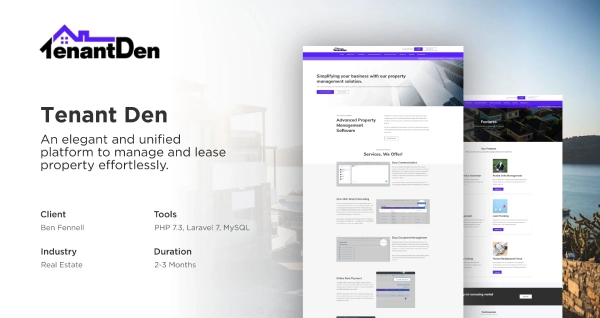
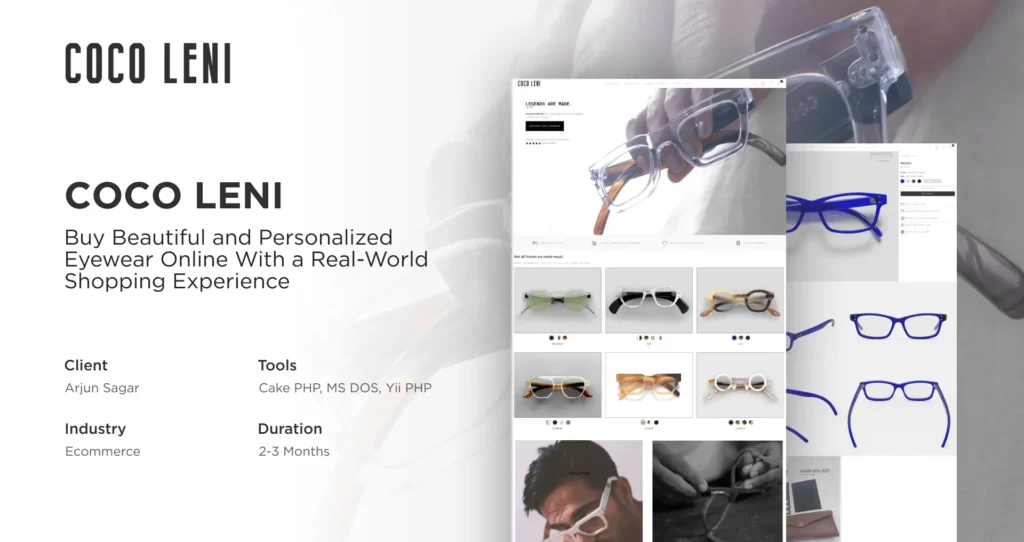
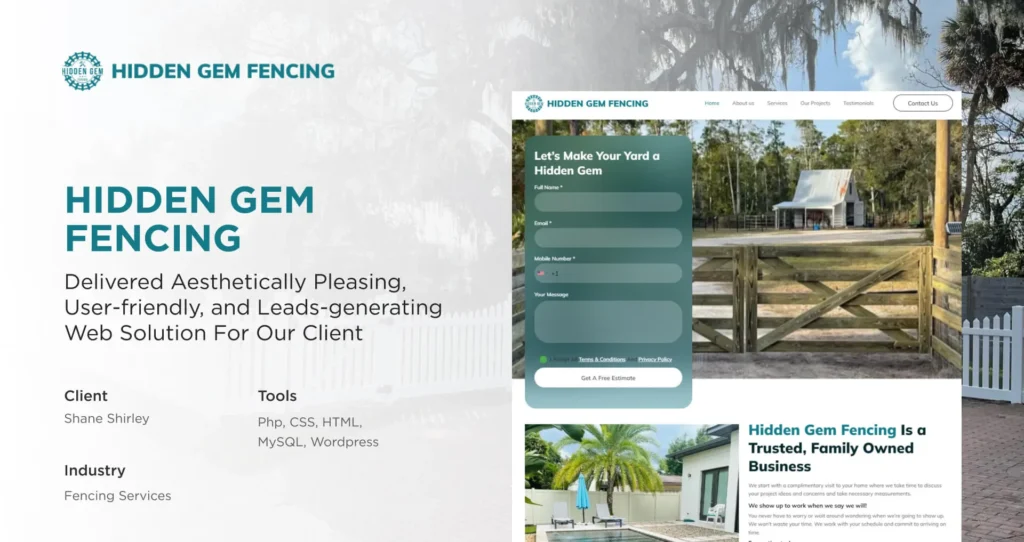
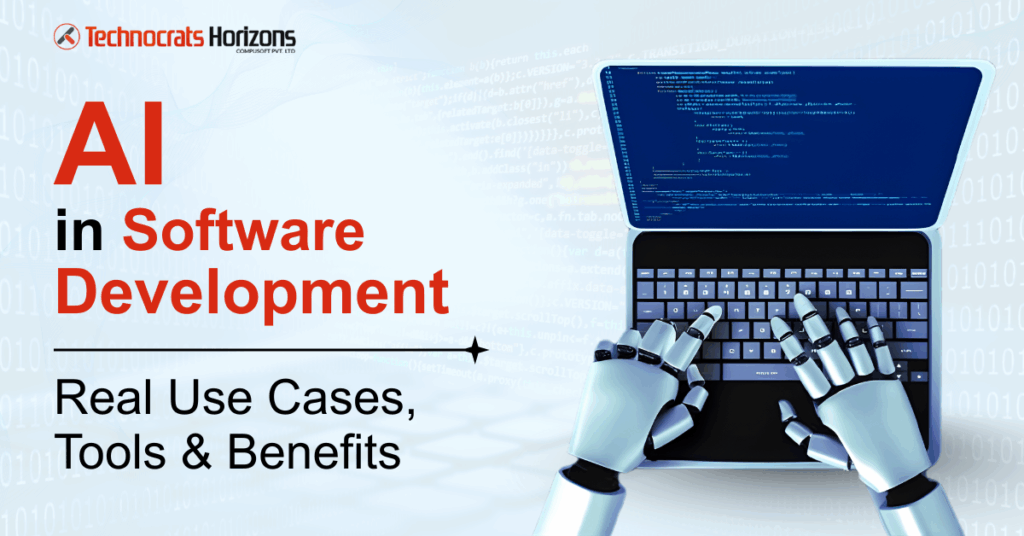
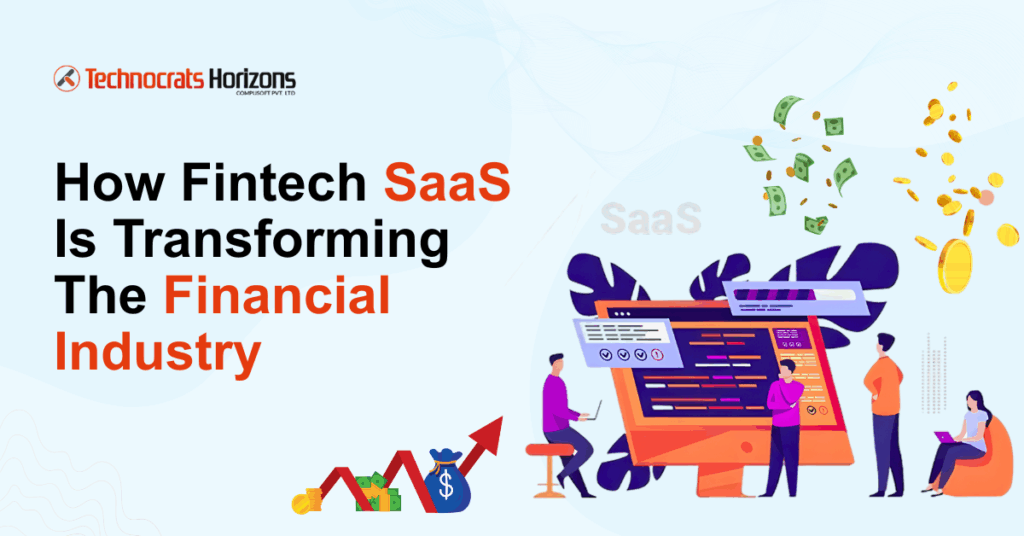

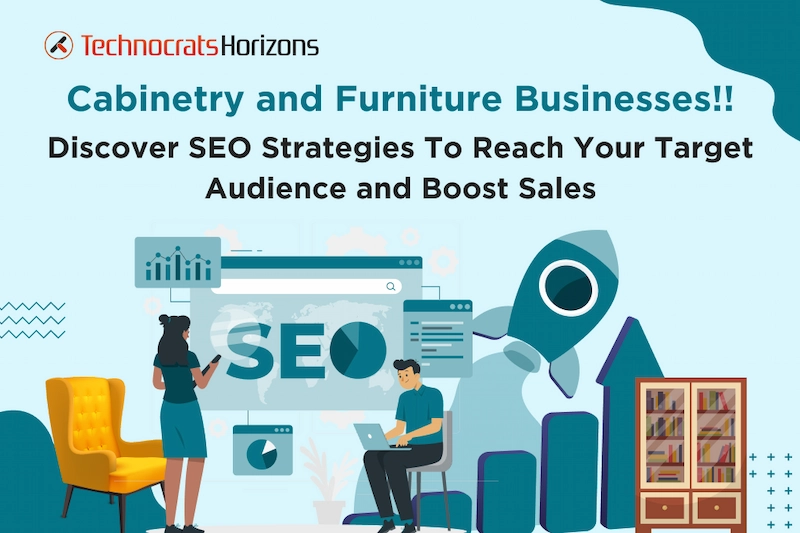
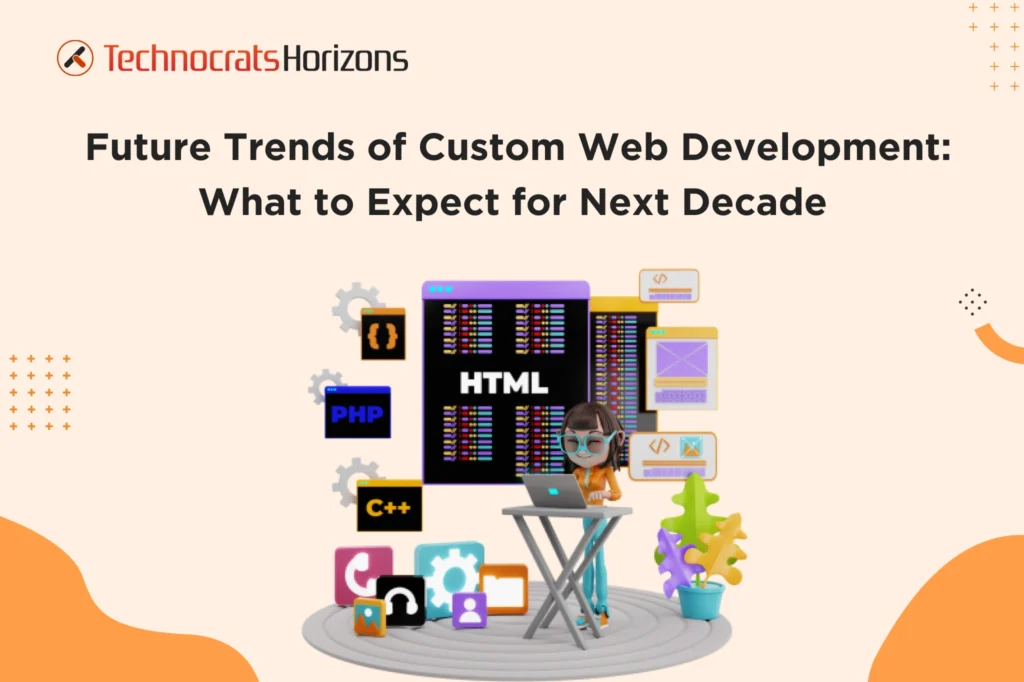
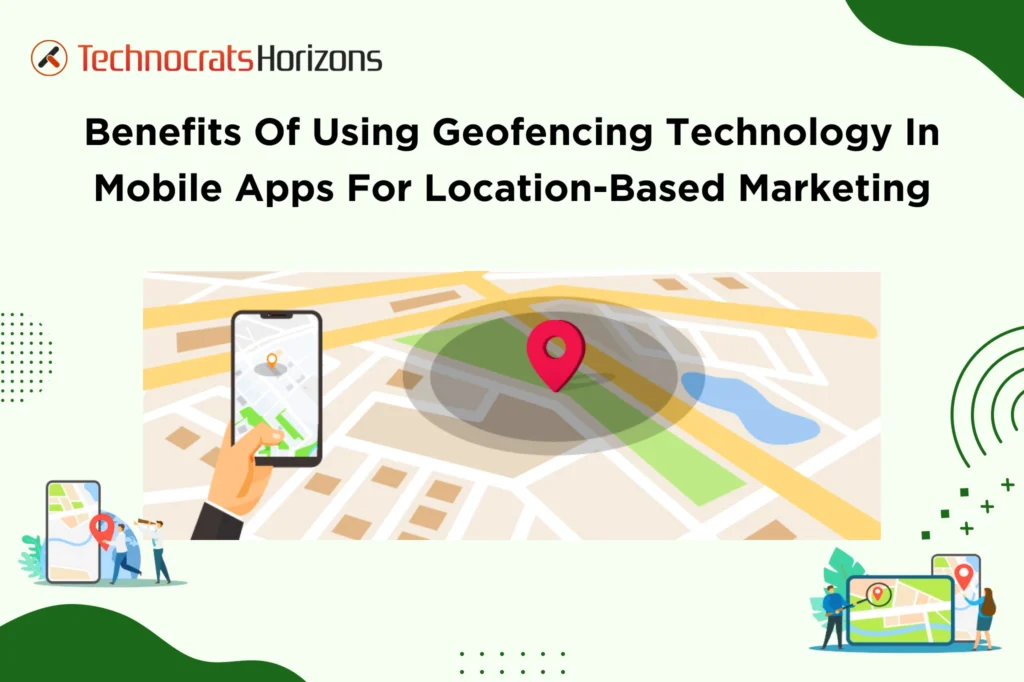
 Request a
Request a













